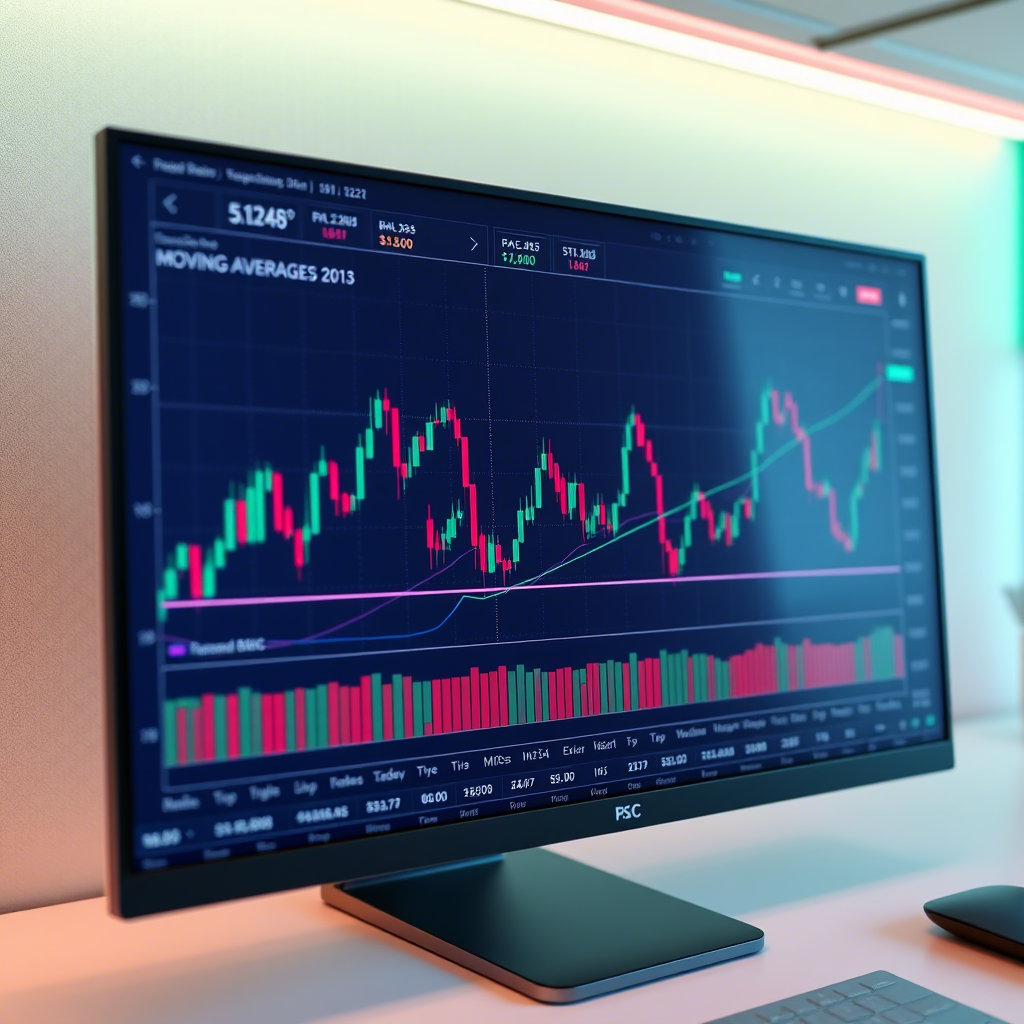Understanding Pips in Currency Trading: A Beginner’s Guide

What is a Pip in Currency Trading?
A pip is the smallest unit of price movement for a currency pair in the forex market. For most currency pairs, a pip is the fourth decimal place (0.0001) in the exchange rate. For example, if EUR/USD moves from 1.1050 to 1.1051, that’s a 1-pip increase. For pairs involving the Japanese Yen (e.g., USD/JPY), a pip is the second decimal place (0.01) due to the yen’s lower value.
Pips are critical because they quantify price changes, helping traders calculate:
-
Profits and Losses: A 10-pip gain on a $10,000 position might yield $10, depending on leverage and pair.
-
Spreads: The difference between bid and ask prices, typically 1-3 pips for major pairs.
-
Risk: Pips help set stop-loss and take-profit levels.
Pipettes: A Smaller Measure
Some brokers quote prices to an extra decimal place, called a pipette or fractional pip (one-tenth of a pip). For EUR/USD, a move from 1.10500 to 1.10501 is 1 pipette. Pipettes are common in modern platforms for precision pricing, especially with major pairs.
Why Pips Matter in Forex Trading
Pips are the building blocks of forex trading, influencing every aspect of a trade:
1. Measuring Price Movements
Pips provide a standardized way to track price changes across currency pairs, making it easy to compare volatility or performance. For instance, USD/JPY might move 50 pips daily, while USD/TRY could move 500 pips due to higher volatility.
2. Calculating Profits and Losses
Your profit or loss depends on how many pips the market moves and the size of your position. For example, a 20-pip gain on a 1-lot trade (100,000 units) of EUR/USD equals $200 ($10 per pip), while the same move on a micro-lot (1,000 units) yields $2 ($0.10 per pip).
3. Understanding Spread Costs
The spread—the difference between bid and ask prices—is quoted in pips. A 2-pip spread on EUR/USD means you start each trade 2 pips “in the hole,” impacting short-term strategies like scalping.
4. Risk Management
Pips help traders set stop-loss and take-profit levels. For example, risking 10 pips on a trade with a 30-pip profit target creates a 1:3 risk-reward ratio, a common strategy for disciplined trading.
How Pips Work Across Currency Pairs
Pip values and calculations vary depending on the currency pair and account currency:
1. Major Pairs (Non-Yen)
For pairs like EUR/USD or GBP/USD, a pip is 0.0001. The pip value depends on the position size and quote currency. For a 1-lot trade (100,000 units) of EUR/USD with USD as the quote currency, 1 pip = $10. For a micro-lot (1,000 units), 1 pip = $0.10.
2. Yen-Based Pairs
For pairs like USD/JPY or EUR/JPY, a pip is 0.01. If USD/JPY moves from 150.00 to 150.01, that’s 1 pip. Pip values are calculated based on the yen’s value relative to your account currency, often requiring conversion if your account is in USD.
3. Exotic Pairs
Exotic pairs (e.g., USD/TRY, USD/ZAR) have higher volatility and wider spreads, so pip movements can be larger, and pip values vary significantly. For example, 1 pip in USD/TRY might be worth less in USD due to the lira’s lower value.
Calculating Pip Value
To calculate pip value:
-
Determine Position Size: E.g., 10,000 units (mini-lot).
-
Find Pip Size: 0.0001 for most pairs, 0.01 for yen pairs.
-
Calculate: Pip value = (Pip size ÷ Exchange rate) × Position size.
-
For EUR/USD at 1.1000, 10,000 units: (0.0001 ÷ 1.1000) × 10,000 = $0.909 per pip. Brokers often provide pip value calculators to simplify this process.
-
How to Use Pips in Currency Trading
To leverage pips effectively, follow these steps:
Step 1: Learn Pip Basics
Understand how pips are quoted and calculated for your chosen pairs. Practice reading price movements on charts (e.g., MetaTrader 4) to recognize 5-pip vs. 50-pip moves. Free resources like broker tutorials or Forex Factory forums can help.
Step 2: Choose a Regulated Broker
Select a broker regulated by the FCA, CFTC, or ASIC, with a platform that clearly displays pips and spreads. Ensure they offer tight spreads on major pairs (1-2 pips) and tools like pip calculators. Test their platform with a demo account.
Step 3: Practice with a Demo Account
Use a demo account to trade pairs like EUR/USD or USD/JPY, focusing on how pip movements affect profits and losses. Experiment with different position sizes and leverage levels to see how pips translate to dollars.
Step 4: Incorporate Pips into Your Trading Plan
Create a plan that uses pips to set:
-
Profit Targets: E.g., aim for 20 pips per trade.
-
Stop-Loss Levels: E.g., risk 10 pips to protect capital.
-
Risk-Reward Ratios: E.g., risk 10 pips to gain 30 pips (1:3). Factor in spreads (e.g., 2 pips) when calculating breakeven points.
Step 5: Monitor and Adjust
Track your trades in a journal, noting pip gains/losses, spreads, and pair volatility. Adjust your strategy based on performance, focusing on pairs with manageable pip movements for your risk tolerance.
Tips for Managing Pips in Trading
Maximize your use of pips with these practical tips:
1. Trade Major Pairs
Start with major pairs like EUR/USD or USD/JPY, which have tight spreads (1-2 pips) and predictable pip movements, ideal for beginners.
2. Account for Spreads
Choose brokers with low spreads and factor them into your profit targets. For scalping, aim for spreads under 1 pip to minimize costs.
3. Use Technical Analysis
Combine pip-based strategies with technical tools like support/resistance or RSI to identify high-probability trades with favorable pip potential.
4. Avoid High-Volatility Events
Economic releases (e.g., US NFP) can cause large pip swings and wider spreads. Check economic calendars to trade during calmer periods unless you’re news trading.
5. Stay Disciplined
Stick to your pip-based risk management rules. Avoid chasing extra pips by holding trades too long, which can lead to losses.
Risks of Misunderstanding Pips
Misjudging pips can hurt your trading:
-
Overestimating Profits: Miscalculating pip values may lead to unrealistic expectations.
-
Ignoring Spreads: High spreads on exotic pairs can erode small pip gains.
-
Poor Risk Management: Setting stop-losses too tight (e.g., 5 pips) may trigger premature exits in volatile markets.
Conclusion
Pips are the heartbeat of currency trading, measuring price movements and shaping your profits, losses, and costs. By mastering pips, beginners can navigate the forex market with confidence, whether trading EUR/USD or USD/JPY. Understanding how pips work, choosing low-spread pairs, and incorporating them into a disciplined trading plan are key to success.
Start with a demo account, focus on major pairs, and track your pip performance in a journal. With practice and patience, pips will become your guide to unlocking the potential of currency trading. Dive in, stay focused, and trade smarter today.




